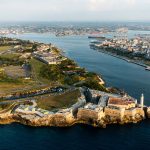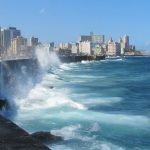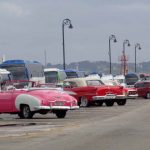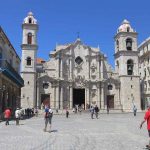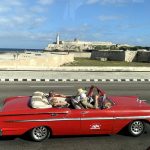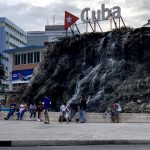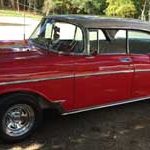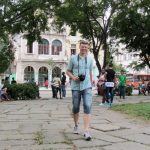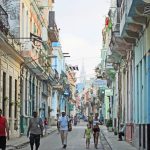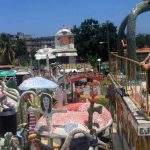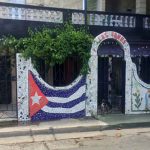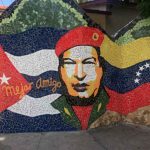Havana
You are here for our cycling tours in Cuba, but lets dig deeper
A UNESCO World Heritage site, Habana Vieja or Old Havana is a well-preserved slice of Cuban history. This city is known for its nightlife, but days offer just as much excitement. Crumbling colonial buildings and vibrant mid-century structures stand side by side. An ideal place for the spectacular views of the landscape and the ocean. It, therefore, remains an ideal spot for tourists and one of the major places to visit in Cuba for unlimited fun.
Places to keep in mind
You are here to ride your bicycle, and though there is plenty of that, here are some interesting spots. Many you will visit with us but maybe some are worth you taking your time while you are here.
- The Malecón
- Ride in a 1950’s Car
- Rooftop of Ambos Mundos Hotel
- Morro Cabaña Fortress
- Fábrica de Arte
- Plaza of the Revolucion
- The Havana Cathedral
- National Capitol Building
- Fusterlandia
- Museums
Brief History
The city of Havana was founded by the Spanish in the 16th century and due to its strategic location it served as a springboard for the Spanish conquest of the Americas, becoming a stopping point for treasure-laden Spanish galleons returning to Spain. Walls as well as forts were built to protect the old city. The sinking of the U.S. battleship Maine in Havana’s harbor in 1898 was the immediate cause of the Spanish–American War.
Contemporary Havana can essentially be described as three cities in one: Old Havana, Vedado, and the newer suburban districts. Old Havana, with its narrow streets and overhanging balconies, is the traditional centre of part of Havana’s commerce, industry, and entertainment, as well as being a residential area. To the west a newer section, centred on the uptown area known as Vedado, has become the rival of Old Havana for commercial activity and nightlife. The Capitolio Nacional building marks the beginning of Centro Habana, a working-class neighborhood that lies between Vedado and Old Havana. Barrio Chino and the Real Fabrica de Tabacos Partagás, one of Cuba’s oldest cigar factories is located in the area.
A third Havana is that of the more affluent residential and industrial districts that spread out mostly to the west. Some of the suburban exclusivity was lost after the revolution, many of the suburban homes having been nationalized by the Cuban government to serve as schools, hospitals, and government offices. Several private country clubs were converted to public recreational centres. Miramar, located west of Vedado along the coast, remains Havana’s exclusive area; mansions, foreign embassies, diplomatic residences, upscale shops, and facilities for wealthy foreigners are common in the area.
In the 1980s many parts of Old Havana, including the Plaza de Armas, became part of a projected 35-year multimillion-dollar restoration project, for Cubans to appreciate their past and boost tourism. In the past ten years, with the assistance of foreign aid and under the support of local city historian Eusebio Leal Spengler, large parts of Habana Vieja have been renovated. The city is moving forward with their renovations, with most of the major plazas (Plaza Vieja, Plaza de la Catedral, Plaza de San Francisco and Plaza de Armas) and major tourist streets (Obispo and Mercaderes) near completion.
